The Engine Coolant Temperature Sensor is a thermistor. The resistance of the Engine Coolant Temperature Sensor changes inversely to the temperature of the engine coolant. When the coolant is cold, the sensor resistance is high. As the temperature of the coolant increases, the sensor resistance decreases.
The Engine Control Module (ECM) monitors the voltage drop across the Engine Coolant Temperature Sensor.
The coolant temperature signal is used to calculate fuel injection and to evaluate operating conditions of the engine coolant temperature. Examples of conditions that may cause high coolant temperature are: thermostat failure, fan failure, heavy load, high ambient temperatures and radiator blockage.
The sensor’s signal is monitored by the Engine Control Module (ECM).
The engine control module (ECM) will set a diagnostic trouble code (DTC) and derate the engine to avoid engine damage if the sensor signal is not within predetermined limits, or the signal is not rational.
Observable symptoms
1) High fuel consumption
2) The engine coolant temperature (ECT) gauge shows 0
3) Engine fan constantly engaged
Probable cause
1) Engine coolant temperature sensor
2) Connector
3) Wiring harness
4) Engine control module (ECM)


 AGCO
AGCO ALLISON
ALLISON BENDIX
BENDIX BOBCAT
BOBCAT CAT
CAT CLAAS
CLAAS CNH
CNH DAF
DAF DETROIT
DETROIT EATON
EATON FREIGHTLINER
FREIGHTLINER HINO
HINO HITACHI
HITACHI ISUZU
ISUZU JCB
JCB JOHN DEERE
JOHN DEERE JPRO
JPRO MAGIC TUNER
MAGIC TUNER MAN
MAN Navistar
Navistar PACCAR
PACCAR PERKINS
PERKINS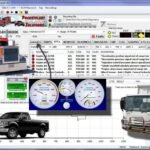 PF DIAGNOSE
PF DIAGNOSE PSI POWERLINK
PSI POWERLINK RENAULT
RENAULT SCANIA
SCANIA THERMO KING
THERMO KING UD NISSAN
UD NISSAN VOLVO
VOLVO WABCO
WABCO ZF TESTMAN
ZF TESTMAN
 BELL
BELL BENDIX
BENDIX BOBCAT
BOBCAT CARRIE
CARRIE DAF
DAF DETROIT
DETROIT EATON
EATON FUSO
FUSO MACK
MACK
 Cumminz
Cumminz ISB4.5 CM2150
ISB4.5 CM2150 All Engines (2017 Emissions)
All Engines (2017 Emissions) PACCAR
PACCAR






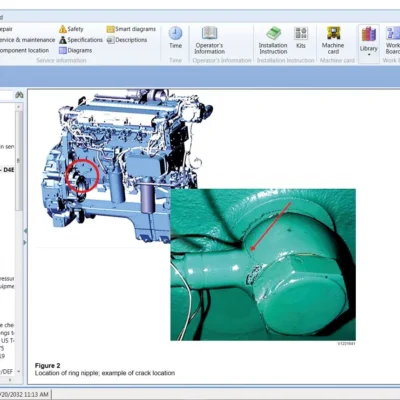


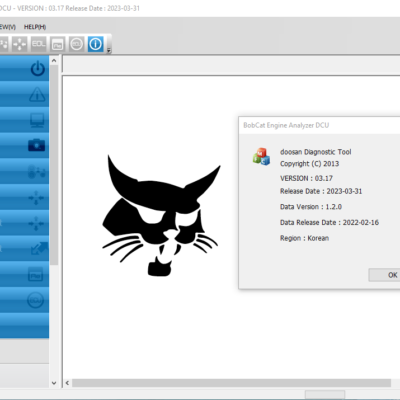
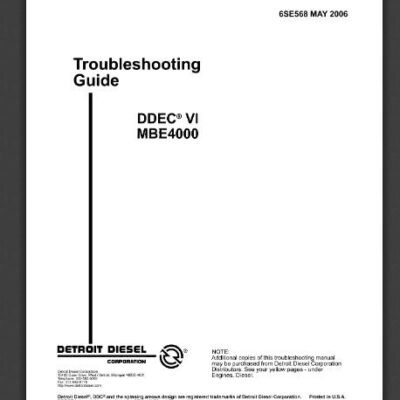
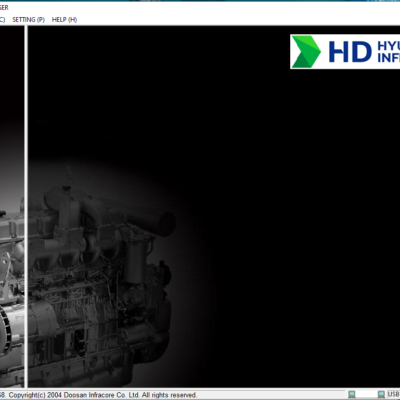



Reviews
Clear filtersThere are no reviews yet.